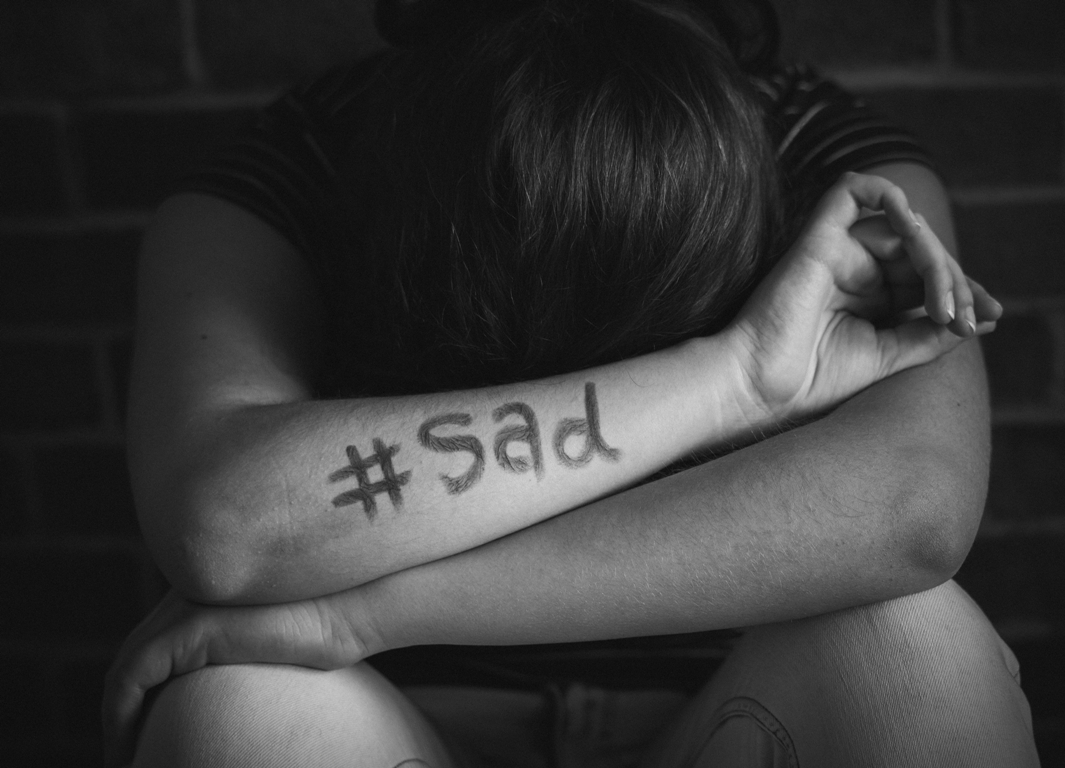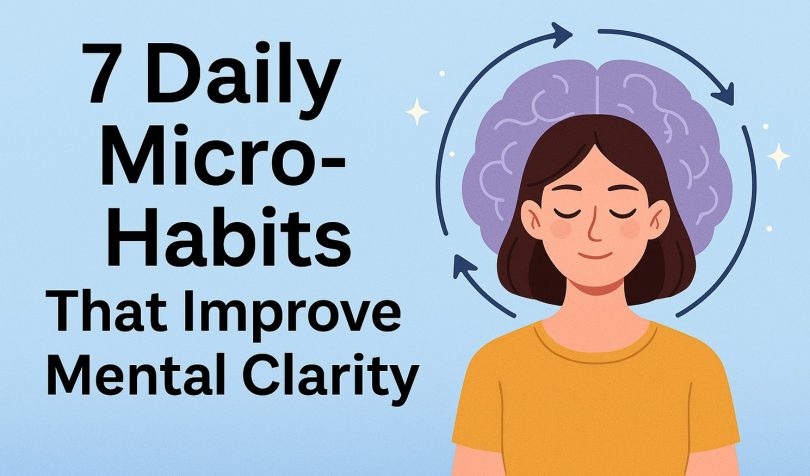Self-harm, frequently abbreviated as ‘SH’, represents a complex and sensitive issue within the sphere of mental health. Consequently, it’s imperative to grasp the multifaceted nature of self-harm to extend support and assistance to individuals grappling with it. In this exhaustive guide, we’ll delve deeply into the significance of ‘SH’ in mental health. We’ll thoroughly explore its various types, signs, causes, impact, coping strategies, and more, providing a comprehensive understanding of this critical topic.
Table of Contents
Key Takeaways
- Self-harm (SH) encompasses a range of behaviors aimed at causing intentional harm to oneself.
- Understanding the types of self-harm and their underlying motivations is crucial for providing effective support.
- Recognizing the signs and symptoms of self-harm can help in early intervention and support.
- Various causes and triggers contribute to self-harming behaviors, often stemming from underlying mental health issues or traumatic experiences.
- Self-harm can have a profound impact on mental well-being, highlighting the importance of seeking professional help and support.
Defining SH
Before delving into the intricacies of self-harm, it’s essential to understand what ‘SH’ represents in mental health discourse. ‘SH’ is an abbreviation commonly used to refer to self-harm, which encompasses a broad spectrum of behaviors characterized by deliberate infliction of harm or injury to oneself.
Understanding Self-Harm
Self-harm is a multifaceted phenomenon, often misunderstood or stigmatized in society. It can manifest in various forms, including but not limited to:
| Type | Description |
|---|---|
| Cutting | Using sharp objects to make cuts or scratches on the skin. |
| Burning | Applying heat or flame to the skin to cause burns. |
| Hitting | Striking oneself against objects or surfaces. |
These actions are often driven by underlying emotional distress, seeking relief from overwhelming feelings, or as a means of expressing internal pain.
Exploring Terminology
In addition to ‘SH’, various terms are associated with self-harm:
- Non-Suicidal Self-Injury (NSSI): Refers to self-harming behaviors without the intent to die.
- Deliberate Self-Harm (DSH): Another term used interchangeably with self-harm.
Understanding these terms can facilitate clearer communication and comprehension within mental health discussions.

Types of Self-Harm
Self-harm manifests in diverse ways, thus each reflecting unique coping mechanisms and emotional struggles. Moreover, exploring the different types of self-harm provides insight into individuals’ experiences and challenges.
Cutting
Cutting involves using sharp objects to make deliberate cuts or incisions on the skin. It is one of the most common forms of self-harm and is often associated with a temporary release of emotional pain or tension.
Burning
Burning involves the deliberate application of heat or flame to the skin, consequently resulting in burns. Individuals may resort to using lighters, matches, or other heated objects as means of inflicting harm, with the aim of seeking relief or distraction from emotional distress.
Hitting
Hitting oneself against objects or surfaces is another form of self-harm. It may involve punching walls, banging one’s head, or striking oneself with objects, serving as a physical outlet for inner turmoil.
Signs and Symptoms
Recognizing the signs and symptoms of self-harm, including what ‘SH’ means in mental health, is crucial for early intervention and support. While individuals may attempt to conceal their self-harming behaviors, certain indicators may raise concerns:
Behavioral Signs
- Social Withdrawal: Avoiding social situations or isolating oneself from friends and family.
- Changes in Clothing: Wearing clothing that conceals body parts, even in warm weather.
Physical Signs
- Unexplained Injuries: Multiple cuts, bruises, or burns that cannot be attributed to accidents.
- Frequent Wearing of Bandages: Consistently covering specific body areas with bandages or wraps.
It’s essential to approach individuals with empathy and understanding, providing a safe space for them to express their emotions and seek help.

Causes and Triggers
Understanding the underlying causes and triggers of self-harm (SH) is essential for addressing the root of the issue and providing effective support. While the reasons behind self-harming behaviors can vary significantly from person to person, several common factors may contribute:
Underlying Mental Health Conditions
Mental health disorders, such as depression, anxiety, or borderline personality disorder, are often linked to self-harming behaviors. Individuals may resort to self-harm as a maladaptive coping mechanism for managing overwhelming emotions or distressing thoughts.
History of Trauma
Experiencing trauma, such as physical, emotional, or sexual abuse, can significantly increase the risk of engaging in self-harm. Traumatic experiences may leave individuals feeling powerless or emotionally numb, prompting them to seek relief through self-injury.
Environmental Stressors
Stressful life events, such as academic pressure, relationship difficulties, or financial problems, can exacerbate emotional distress and trigger self-harming behaviors. These external stressors may overwhelm individuals, leading to a sense of helplessness or hopelessness.
Recognizing these underlying factors and addressing them through therapy, support groups, and healthy coping strategies is vital for overcoming self-harm.

Impact on Mental Health
The impact of self-harm on mental health can be profound, significantly affecting various aspects of an individual’s well-being. Therefore, it’s crucial to recognize the consequences of self-harm and provide appropriate support to effectively mitigate its effects.
Short-Term Effects
Immediate consequences of self-harm may include:
- Physical Injury: Wounds, cuts, or burns that require medical attention.
- Emotional Distress: Feelings of guilt, shame, or regret following self-harming episodes.
Long-Term Effects
Continued self-harm can lead to:
- Scarring and Permanent Damage: Chronic self-harming behaviors may result in lasting physical scars and tissue damage.
- Psychological Impact: Increased risk of developing mental health disorders such as depression, anxiety, or post-traumatic stress disorder (PTSD).
Addressing the underlying issues contributing to self-harm and seeking professional help can facilitate healing and recovery.

Coping Strategies and Treatment Options
Effective coping strategies and treatment interventions play a crucial role in managing self-harm and promoting mental well-being. It’s essential to explore various approaches to support individuals in their journey towards recovery.
Healthy Coping Mechanisms
Encouraging the adoption of healthy coping mechanisms can help individuals manage distress and reduce the urge to self-harm:
- Expressive Arts: Engaging in creative activities such as art, music, or writing as outlets for emotional expression.
- Mindfulness and Relaxation Techniques: Practicing mindfulness, deep breathing exercises, or progressive muscle relaxation to alleviate stress and anxiety.
Treatment Interventions
Professional treatment options for self-harm may include:
- Cognitive-Behavioral Therapy (CBT): A structured therapy approach aimed at identifying and modifying negative thought patterns and behaviors associated with self-harm.
- Dialectical Behavior Therapy (DBT): An evidence-based therapy that combines cognitive-behavioral techniques with mindfulness practices to build emotion regulation and distress tolerance skills.
Medication management, support groups, and individual or group therapy sessions can also complement treatment efforts and provide ongoing support.

Support and Resources
Building a strong support network and accessing relevant resources are crucial steps in addressing self-harm and promoting mental well-being. It’s essential to know where to turn for help and guidance during challenging times.
Building a Support Network
Encouraging individuals to reach out to trusted friends, family members, or mental health professionals can provide valuable support and understanding:
- Open Communication: Creating a safe space for open and honest conversations about emotions and struggles.
- Seeking Professional Help: Connecting with therapists, counselors, or support groups specializing in mental health and self-harm recovery.
Helplines and Online Resources
Several helplines and online platforms offer anonymous support and information for individuals experiencing self-harm:
- National Suicide Prevention Lifeline: 1-800-273-TALK (8255)
- Crisis Text Line: Text HOME to 741741 for 24/7 crisis support via text message.
- Online Communities: Participating in online forums or communities dedicated to mental health and self-harm recovery.
Empowering individuals to seek help and access resources is instrumental in promoting healing and resilience.

Frequently Asked Questions (FAQs)
1. What are some alternative terms for self-harm besides ‘SH’?
Common alternative terms for self-harm include non-suicidal self-injury (NSSI) and deliberate self-harm (DSH).
2. How common is self-harm among teenagers?
Self-harm is prevalent among teenagers, with studies indicating that approximately 15% to 20% of adolescents engage in self-injurious behaviors at some point.
3. What should I do if I suspect someone is engaging in self-harm?
If you suspect someone is self-harming, it’s important to understand what does SH mean in mental health. Approach them with empathy and concern. Moreover, encourage open dialogue about what SH signifies, offer support, and guide them towards professional help and resources.
4. Can self-harm be a symptom of an underlying mental health disorder?
Yes, self-harm can be a symptom of various mental health disorders, including depression, anxiety, borderline personality disorder (BPD), and post-traumatic stress disorder (PTSD).
5. Is self-harm a suicidal behavior?
While self-harm and suicidal behavior may coexist, they are distinct phenomena. Not everyone who self-harms intends to die by suicide, but self-harm can indicate significant emotional distress and a need for support.
6. What are some healthy coping strategies for dealing with the urge to self-harm?
Healthy coping strategies for managing the urge to self-harm encompass various techniques, such as engaging in creative activities, practicing mindfulness and relaxation techniques, seeking support from trusted individuals, and distracting oneself with positive activities. Understanding what does ‘SH’ mean in mental health is essential for implementing these strategies effectively.
7. How can I support a friend or family member who is struggling with self-harm?
Offering non-judgmental support, actively listening, encouraging professional help, and assisting them in accessing relevant resources are key ways to support a friend or family member struggling with self-harm.
Conclusion
Understanding ‘SH’ in mental health is vital for promoting awareness, empathy, and support for individuals struggling with self-harm. By thoroughly exploring the various facets of self-harm, such as its types, signs, causes, impact, coping strategies, and available resources, we can more effectively equip ourselves to address this multifaceted and challenging issue.
It’s crucial to approach self-harm with compassion, recognizing it as a coping mechanism for underlying emotional pain and distress. By fostering open communication, providing support, and guiding individuals towards professional help when needed, we can facilitate healing and recovery.
Together, let’s strive to create a supportive environment where those affected by self-harm feel understood, valued, and empowered to seek help and embark on a journey towards healing and resilience.






